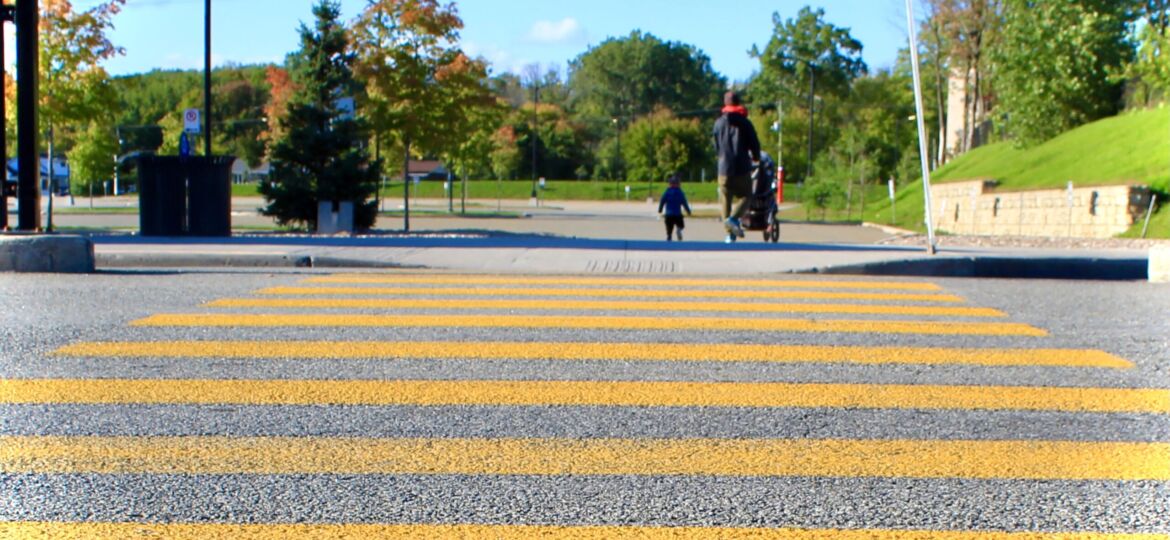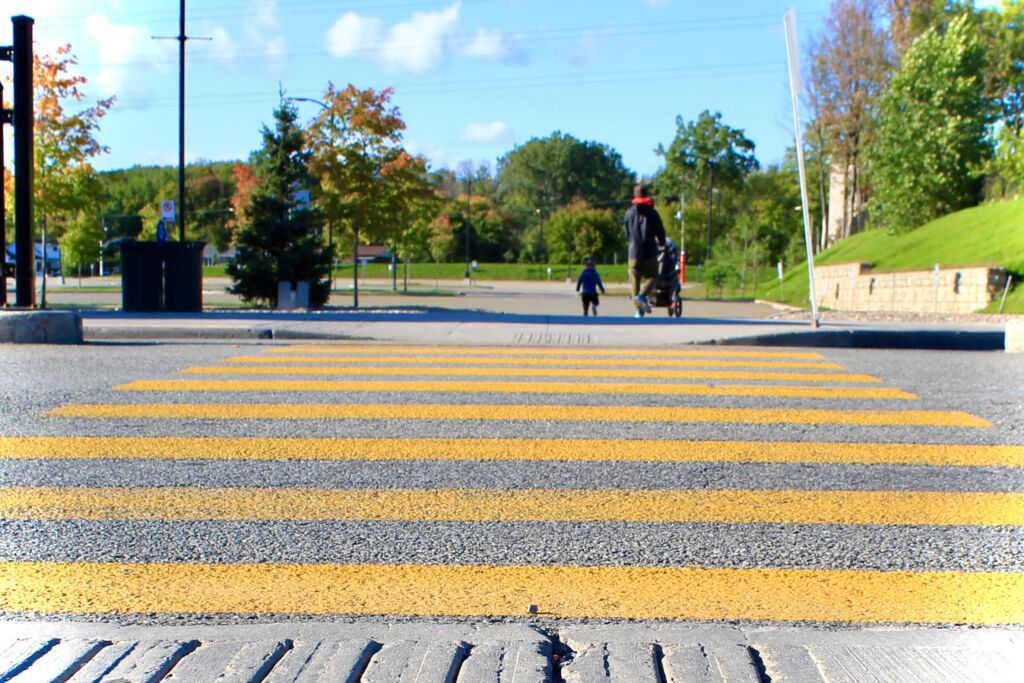
Miami’s Traffic Hotspots: High-Risk Areas for Car and Pedestrian Accidents
Miami, a city renowned for its vibrant culture and diverse communities, is also marked by some areas where traffic congestion and safety concerns converge. Recognizing these high-risk spots for both car and pedestrian accidents is crucial in promoting road safety and preventing avoidable incidents. In this article, we’ll delve into some of Miami’s identified traffic hotspots and their implications for both drivers and pedestrians.

Biscayne Boulevard
As one of Miami’s primary thoroughfares, Biscayne Boulevard witnesses high volumes of traffic. The boulevard’s heavy traffic flow, numerous intersections, and varying speeds often result in a higher likelihood of accidents. Pedestrian crossings can be particularly risky due to the mix of vehicles and foot traffic.
Miami Beach
Miami Beach, a major tourist destination, experiences an influx of both pedestrians and vehicles. The blend of locals, visitors, and a bustling nightlife contributes to the potential for accidents, especially in the areas surrounding popular entertainment spots and beachside venues.
Downtown Miami
The central business district of Downtown Miami is another hotspot known for traffic congestion, frequent construction, and numerous high-rise buildings. These factors pose challenges for both drivers and pedestrians, leading to an increased risk of accidents.
Coral Way
Coral Way, a significant east-west arterial road, faces challenges due to heavy traffic, diverse neighborhoods, and multiple commercial establishments. Its intersections and diverse traffic flow contribute to accident risks, particularly for pedestrians navigating these busy streets.
Little Havana
Little Havana, known for its cultural vibrancy and community life, also faces road safety challenges. The neighborhood’s dense population, narrow streets, and significant foot traffic increase the likelihood of pedestrian accidents, especially in areas with limited infrastructure for pedestrians.
Implications for Drivers and Pedestrians
For drivers navigating these high-risk areas, heightened awareness, adherence to traffic laws, and reduced speeds are crucial. Understanding the unique challenges posed by these spots can significantly contribute to accident prevention.
Pedestrians, on the other hand, should exercise extreme caution, use designated crosswalks, and remain attentive while crossing the streets in these traffic hotspots. Increased vigilance and an understanding of the risks involved can greatly enhance pedestrian safety.
Promoting Safety and Awareness
Recognizing these high-risk areas in Miami can serve as a reminder for both drivers and pedestrians to prioritize safety. Local authorities, community organizations, and urban planners can work together to implement strategies aimed at improving infrastructure, traffic flow, and pedestrian safety in these identified hotspots.
Conclusion
Awareness of Miami’s traffic hotspots is crucial in promoting road safety and reducing accidents. By understanding the challenges and risks associated with these areas, drivers and pedestrians can take proactive measures to mitigate potential accidents and create a safer environment for everyone on the road. Collaborative efforts from various stakeholders are pivotal in implementing measures to enhance safety in these high-risk zones.
